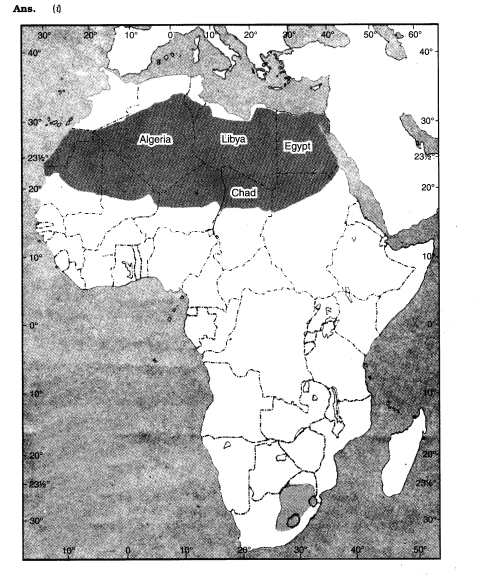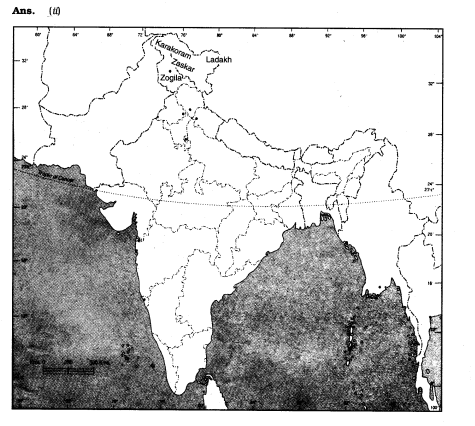EVENTS CONVENT HIGH SCHOOL
27/11/2021 CLASS- 7 SESSION 2021-22
SUBJECT : HINDI
CHAPTER-14
खानपान की बदलती तस्वीर
______________________________________
खानपान की बदलती तस्वीर
पाठ्यपुस्तक के प्रश्न-अभ्यास
बहुविकल्पी प्रश्नोत्तर
(क) ‘खानपान की बदलती तसवीर’ नामक पाठ के लेखक के नाम बताएँ।
(i) रामचंद्र शुक्ल
(ii) शिवप्रसाद सिंह
(iii) प्रयाग शुक्ल
(iv) विजय तेंदुलकर।
(ख) खानपान की संस्कृति में बड़ा बदलाव कब से आया?
(i) पाँच-सात वर्षों में
(ii) आठ-दस वर्षों में
(iii) दस-पंद्रह वर्षों में
(iv) पंद्रह-बीस वर्षों में
(ग) युवा पीढ़ी इनमें से किसके बारे में बहुत अधिक जानती है?
(i) स्थानीय व्यंजन
(ii) नए व्यंजन
(iii) खानपान की संस्कृति
(iv) इनमें से कोई नहीं।
(घ) ढाबा संस्कृति कहाँ तक फैल चुकी है?
(i) दक्षिण भारत
(ii) उत्तर भारत तक
(iii) पूरे देश में
(iv) कहीं नहीं।
(ङ) पाव-भाजी किस प्रांत का स्थानीय व्यंजन है?
(i) राजस्थान
(ii) महाराष्ट्र
(iii) गुजरात
(iv) मध्य प्रदेश।
(च) किसी स्थान का खान-पान भिन्न क्यों होता है?
(i) मौसम के अनुसार, मिलने वाले खाद्य पदार्थ
(ii) रुचि के आधार पर
(iii) आसानी से वस्तुओं की उपलब्धता
(iv) उपर्युक्त सभी
(छ) इनमें से किसे फास्ट फूड के नाम से जाना जाता है।
(i) सेव
(ii) रोटी
(iii) दाल
(iv) बर्गर
उत्तर
(क) (iii)
(ख) (iii)
(ग) (iii)
(घ) (iv)
(ङ) (ii)
(च) (iv)
(छ) (iv)
अतिलघु उत्तरीय प्रश्न
(क) उत्तर भारत में किस बात में बदलाव आया है?
उत्तर-
उत्तर भारत में खान-पान की संस्कृति में बदलाव आया है।
(ख) आजकल बड़े शहरों में किसका प्रचलन बढ़ गया है?
उत्तर-
आजकल बड़े शहरों में फ़ास्ट फूड चाइनीज नूडल्स, बर्गर, पीजा तेज़ी से बढ़ा है।
(ग) स्थानीय व्यंजनों की गुणवत्ता में क्या फ़र्क आया है? इसकी क्या वजह हो सकती है?
उत्तर-
स्थानीय व्यंजनों की गुणवत्ता में कमी आई है जिससे लोगों का आकर्षण कम हुआ है। इसका कारण है उन वस्तुओं में मिलावट किया जाना, जिनसे तैयार की जाती है।
(घ) मथुरा-आगरा के कौन-से व्यंजन प्रसिद्ध रहे हैं?
उत्तर-
मथुरा के पेड़े और आगरा का दलमोट-पेठा प्रसिद्ध है।
लघु उत्तरीय प्रश्न
(क) स्थानीय व्यंजनों के प्रसार को प्रश्रय कैसे मिली?
उत्तर-
आज़ादी के बाद उद्योग-धंधों, नौकरियों, तबादलों (स्थानांतरण) के कारण लोगों का एक प्रदेश से दूसरे प्रदेश में जाने से मिश्रित व्यंजन संस्कृति का विकास हुआ। उसके कारण भी खानपान की चीजें किसी एक प्रदेश से दूसरे प्रदेश में पहुँची हैं।
(ख) खानपान संस्कृति का ‘राष्ट्रीय एकता’ में क्या योगदान है?
उत्तर-
खानपान संस्कृति का राष्ट्रीय एकता में महत्त्वपूर्ण योगदान है। खाने-पीने के व्यंजनों का प्रभाव एक प्रदेश से दूसरे प्रदेश में बढ़ता जा रहा है। उदाहरण के तौर पर उत्तर भारत के व्यंजन दक्षिण व दक्षिण के व्यंजन उत्तर भारत में अब काफ़ी प्रचलित हैं। इससे लोगों के मेलजोल भी बढ़ता जा रहा है जिससे राष्ट्रीय एकता को बढ़ावा मिलता है।
(ग) स्थानीय व्यंजनों का पुनरुद्धार क्यों ज़रूरी है?
उत्तर-
स्थानीय व्यंजन किसी न किसी स्थान विशेष से जुड़े हैं। वे हमारी संस्कृति की धरोहर हैं। उनसे हमारी पसंद, रुचि और पहचान होती है। इसलिए भारतीय व्यंजनों का पुनरुद्धार आवश्यक है क्योंकि पश्चिमी प्रभाव के कारण अपना अस्तित्व खोते जा रहे हैं। अतः इनको पुनः प्रचलित करने की आवश्यकता है।




